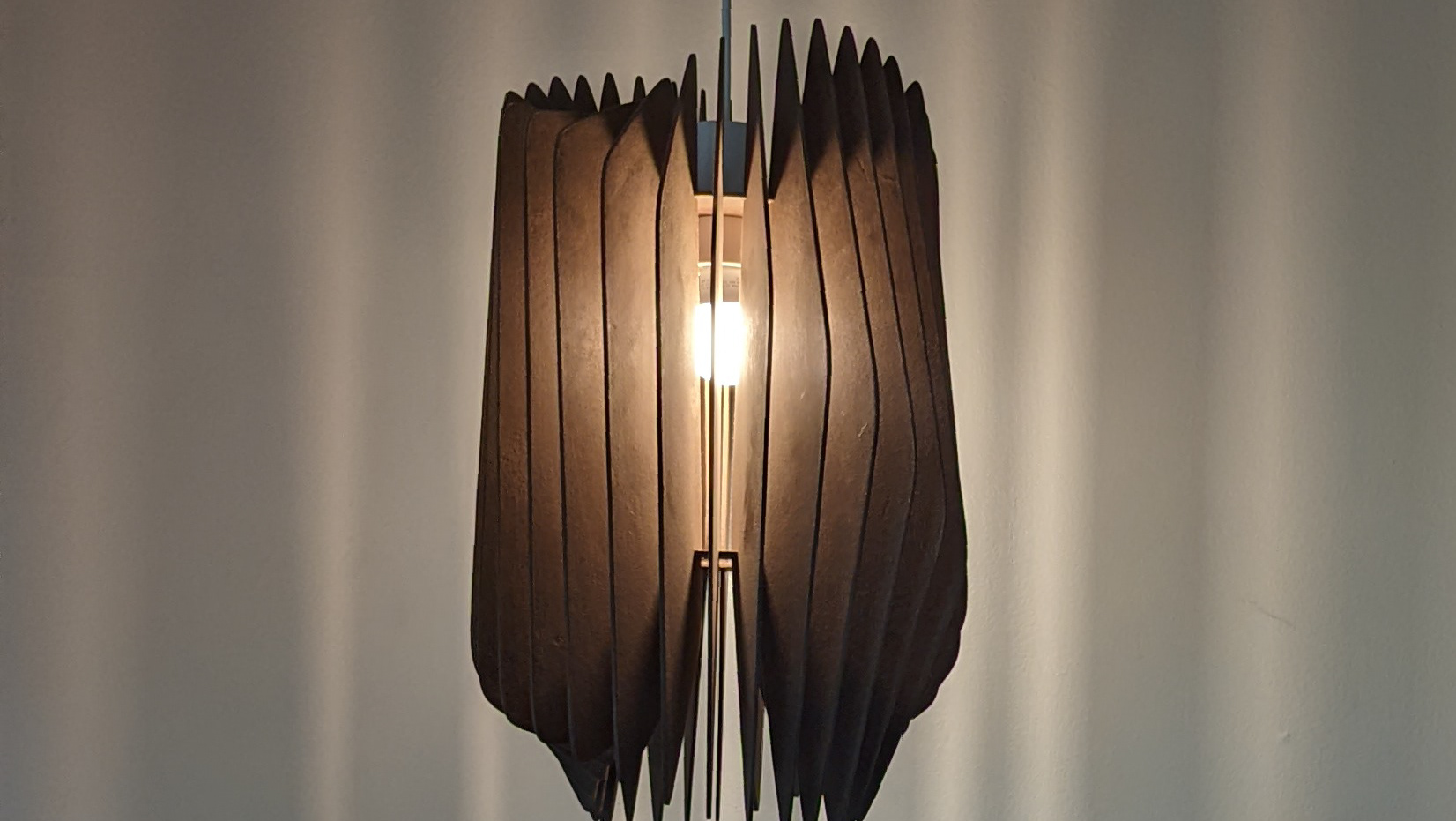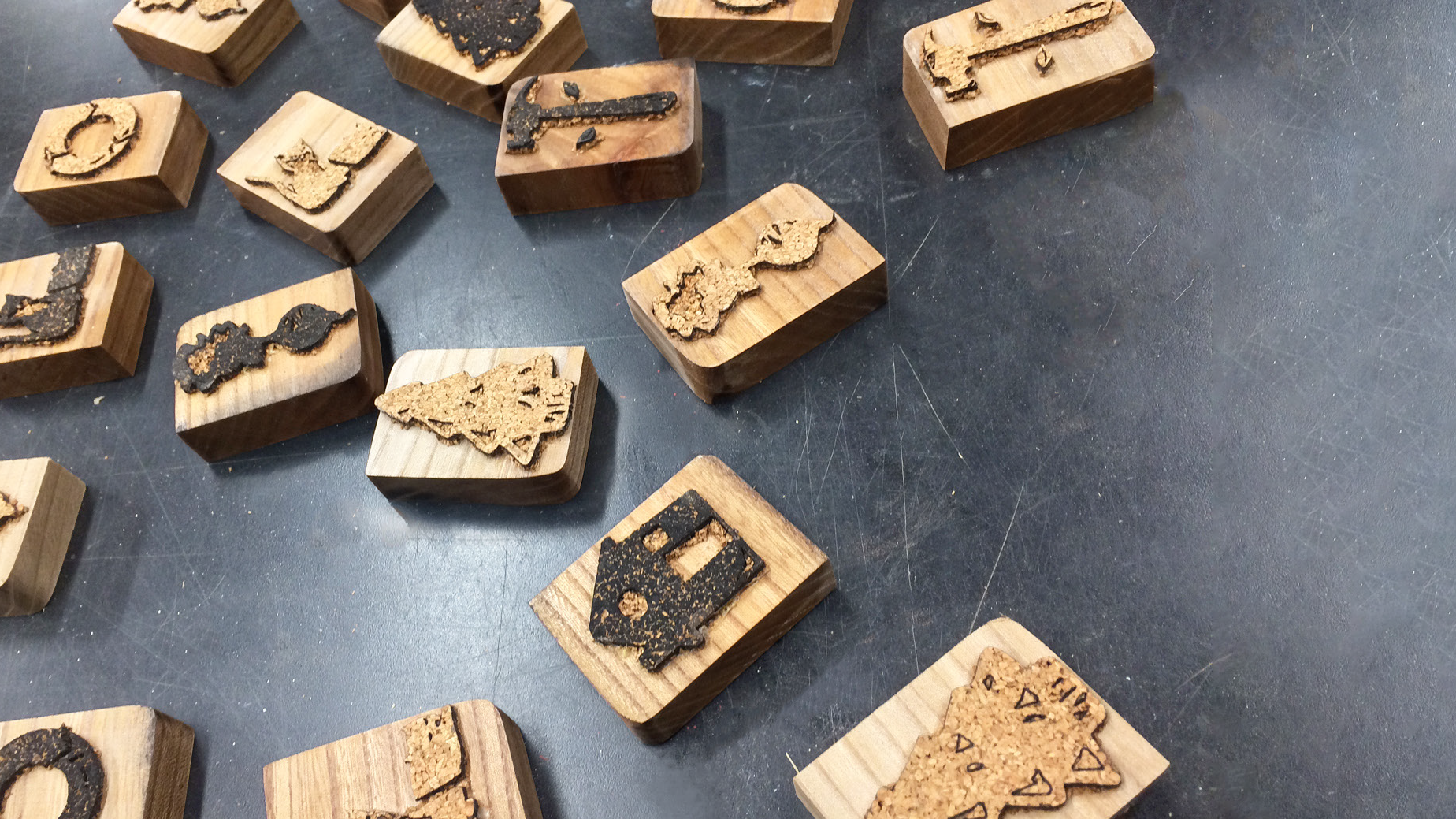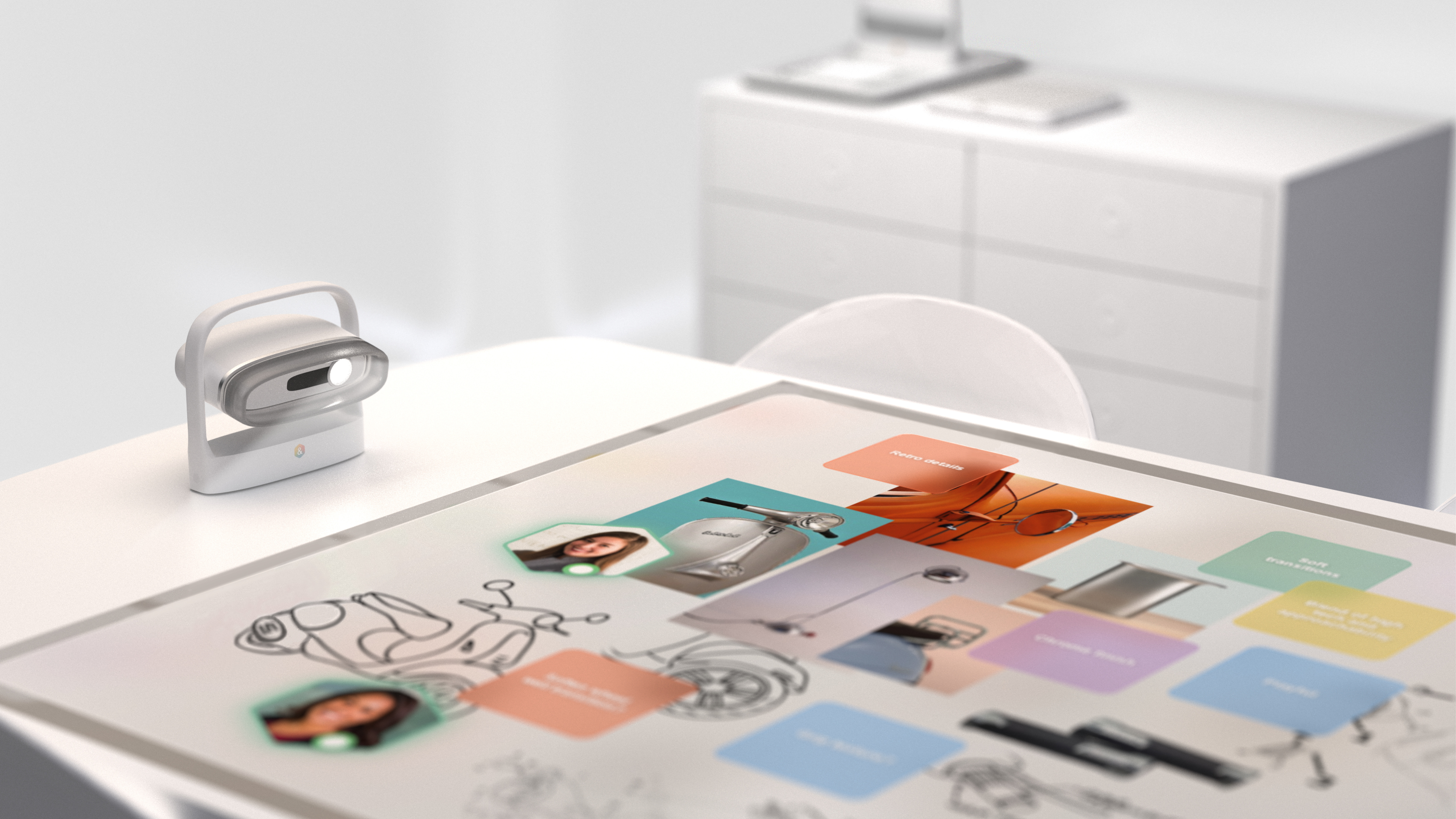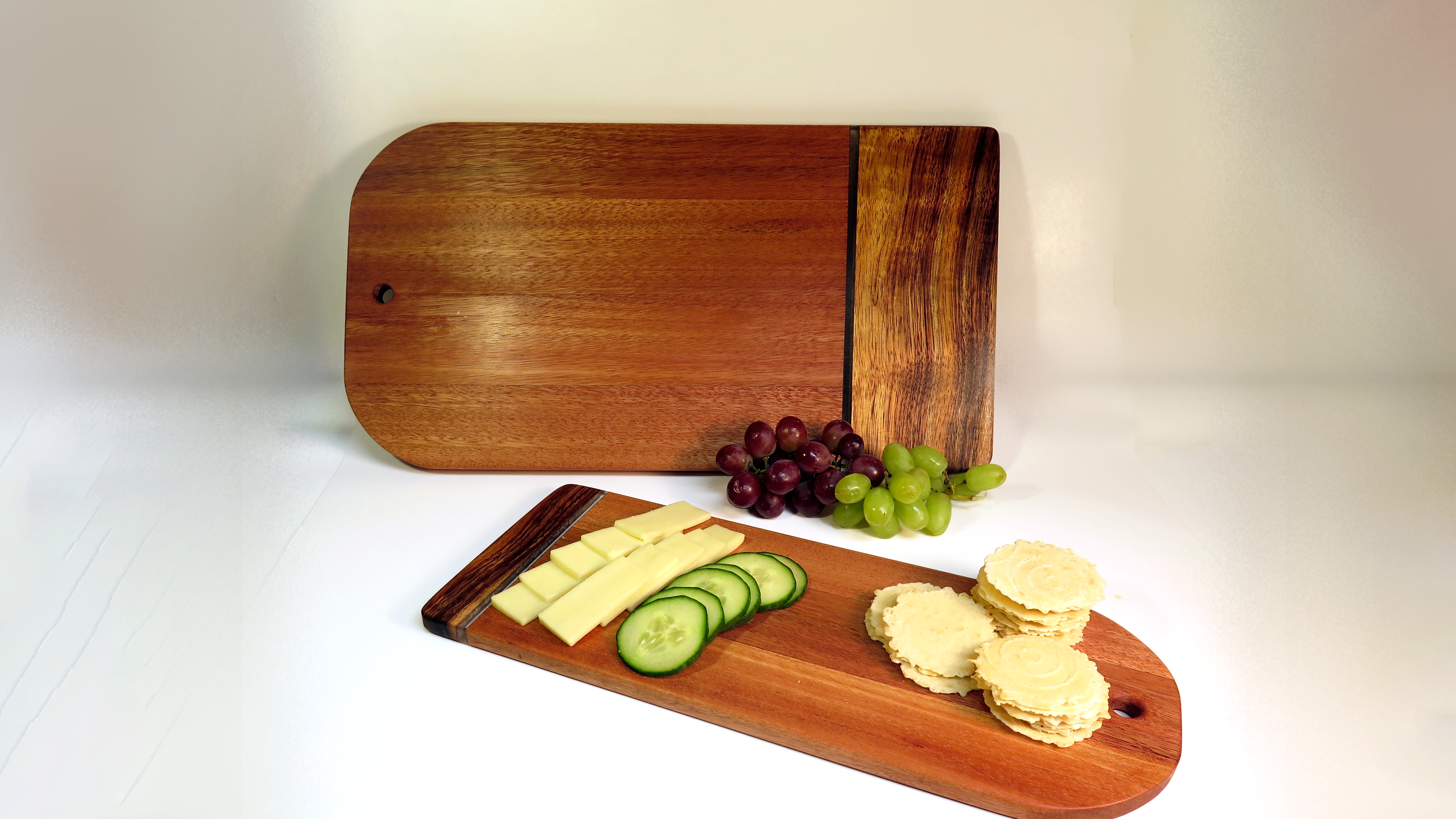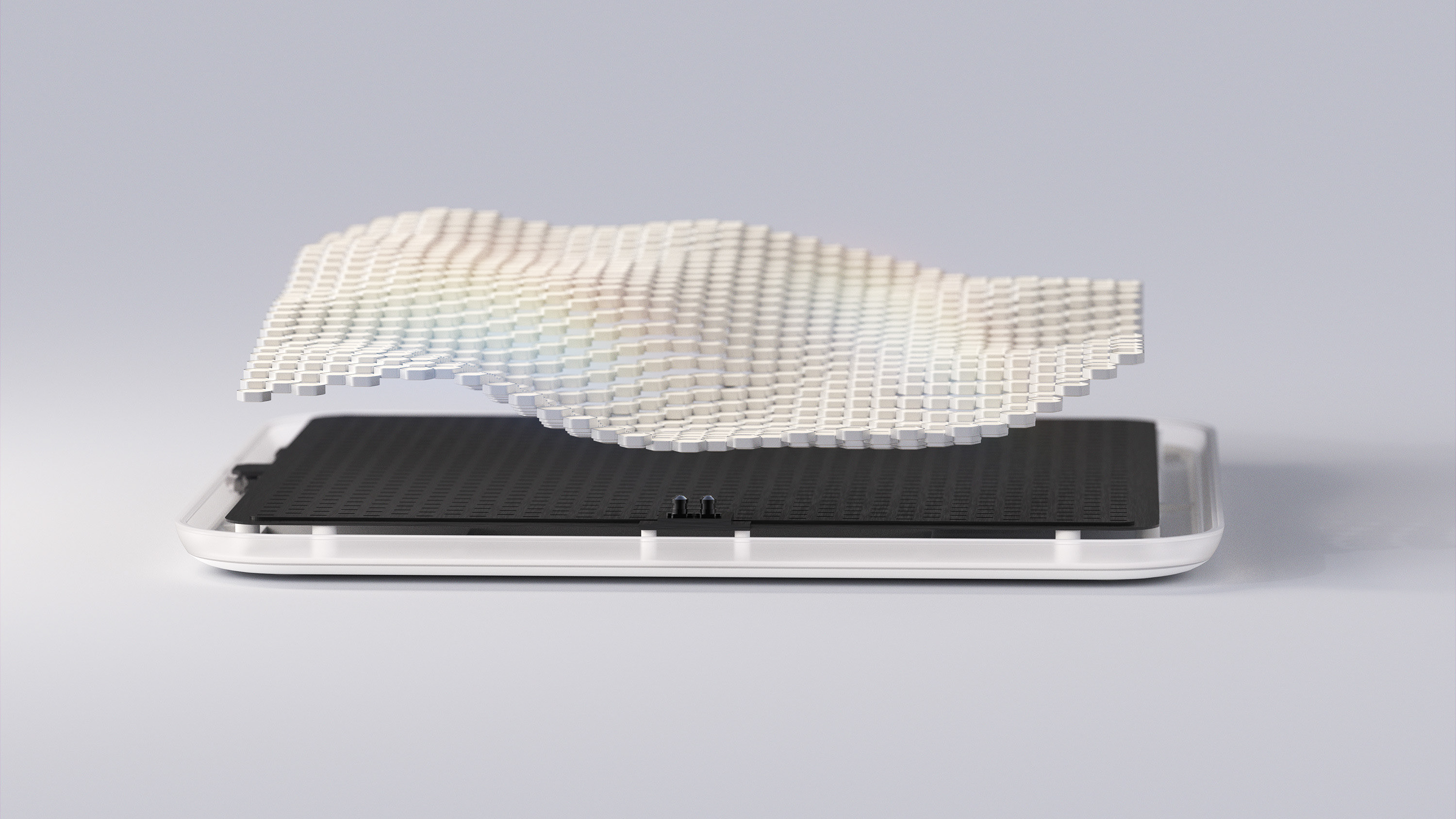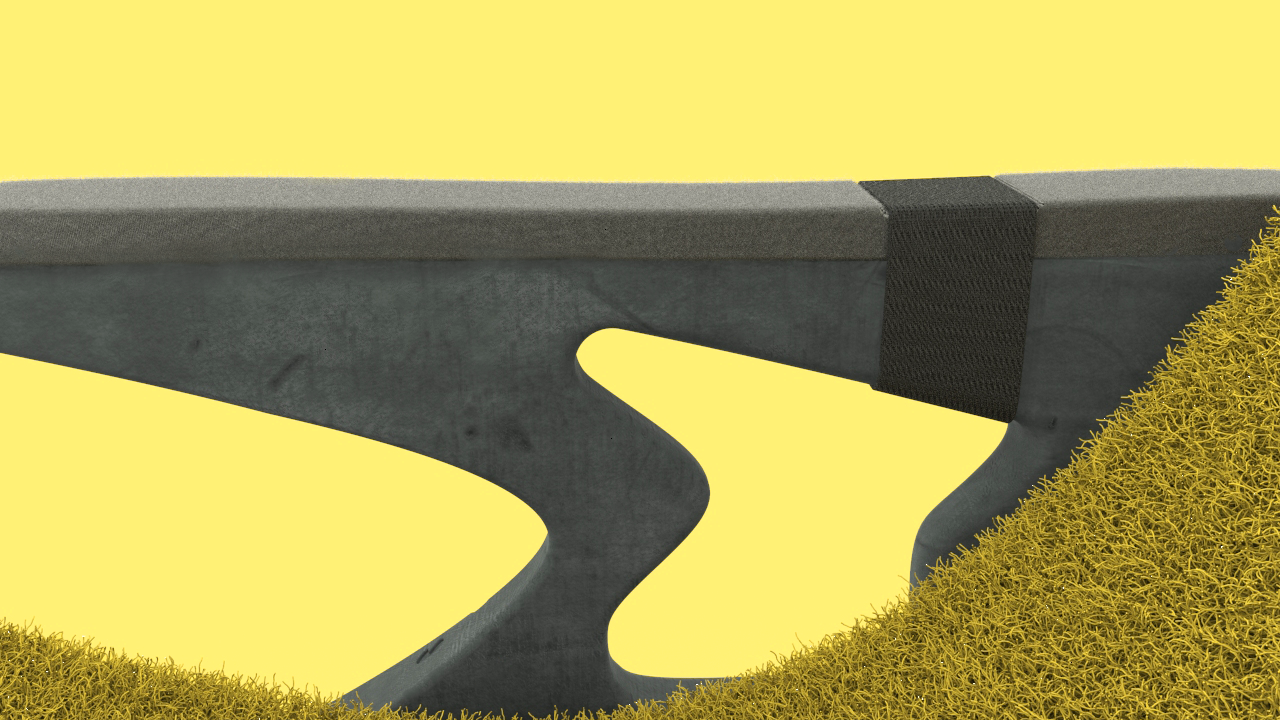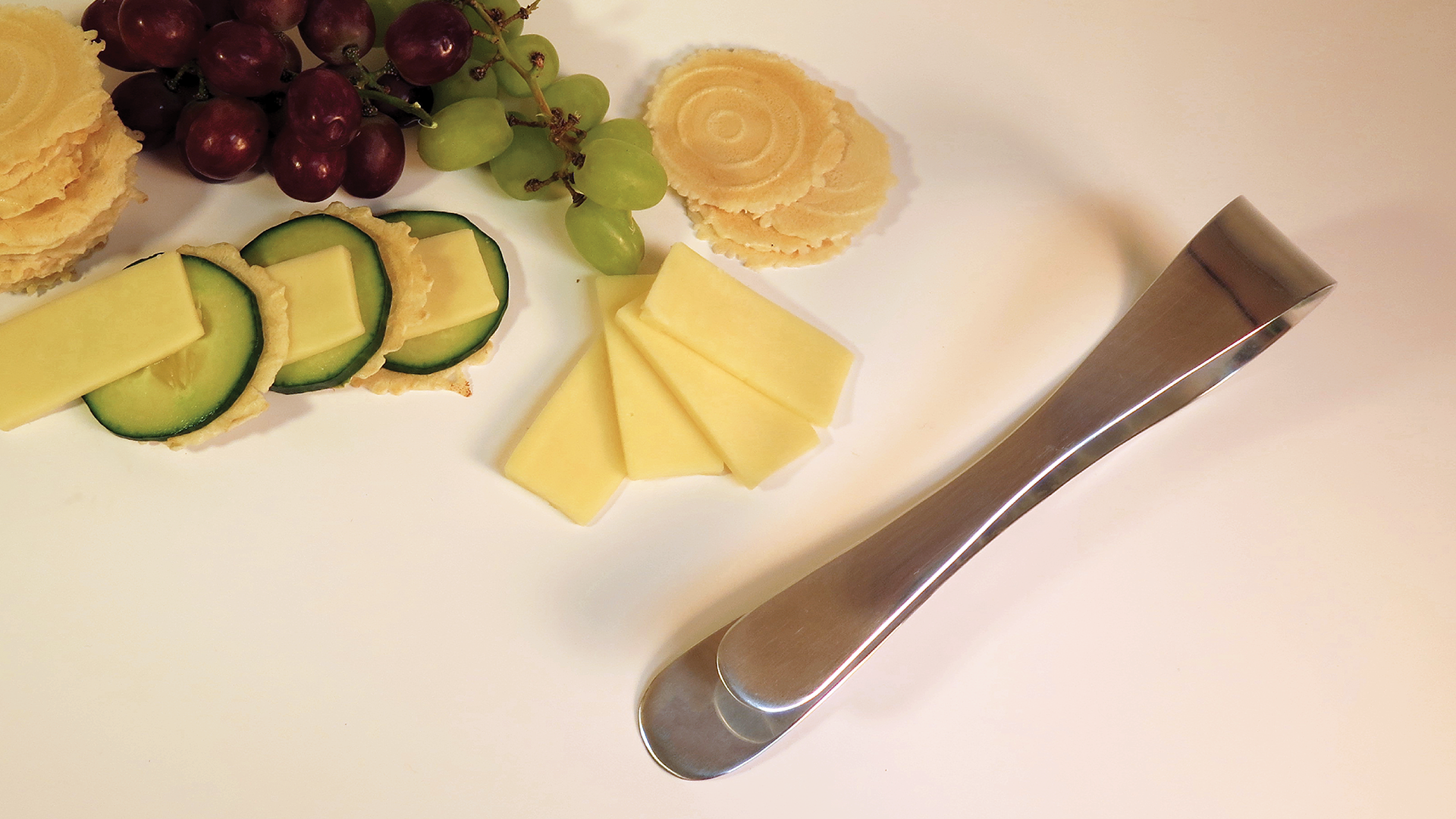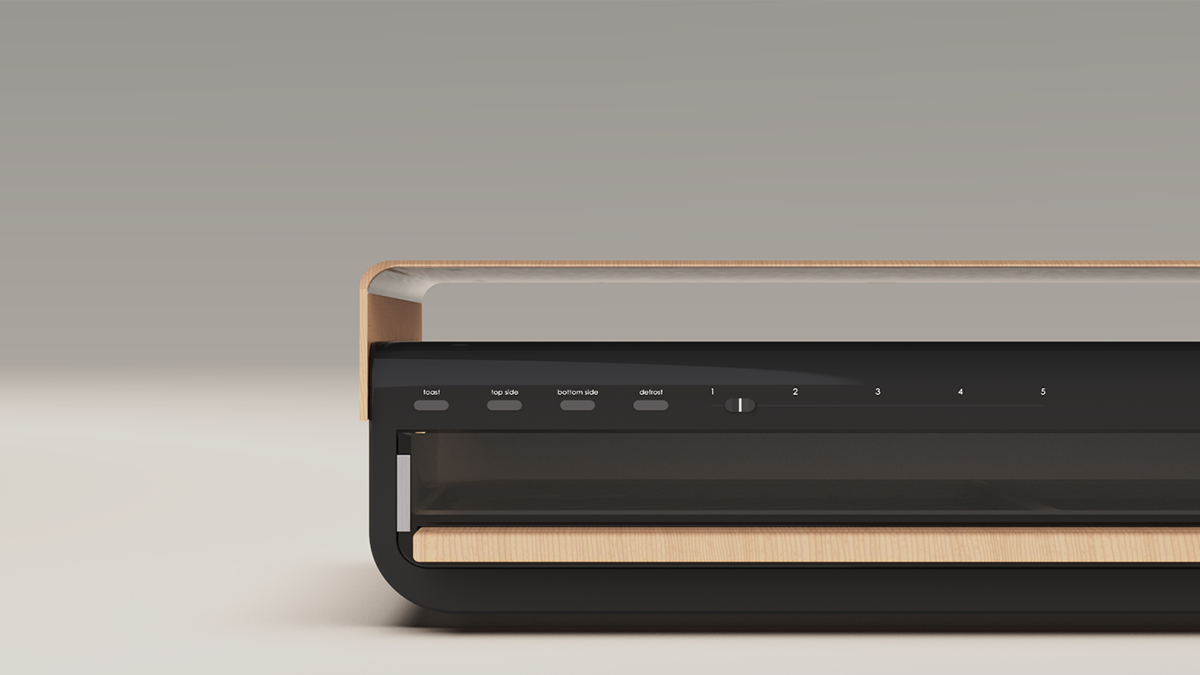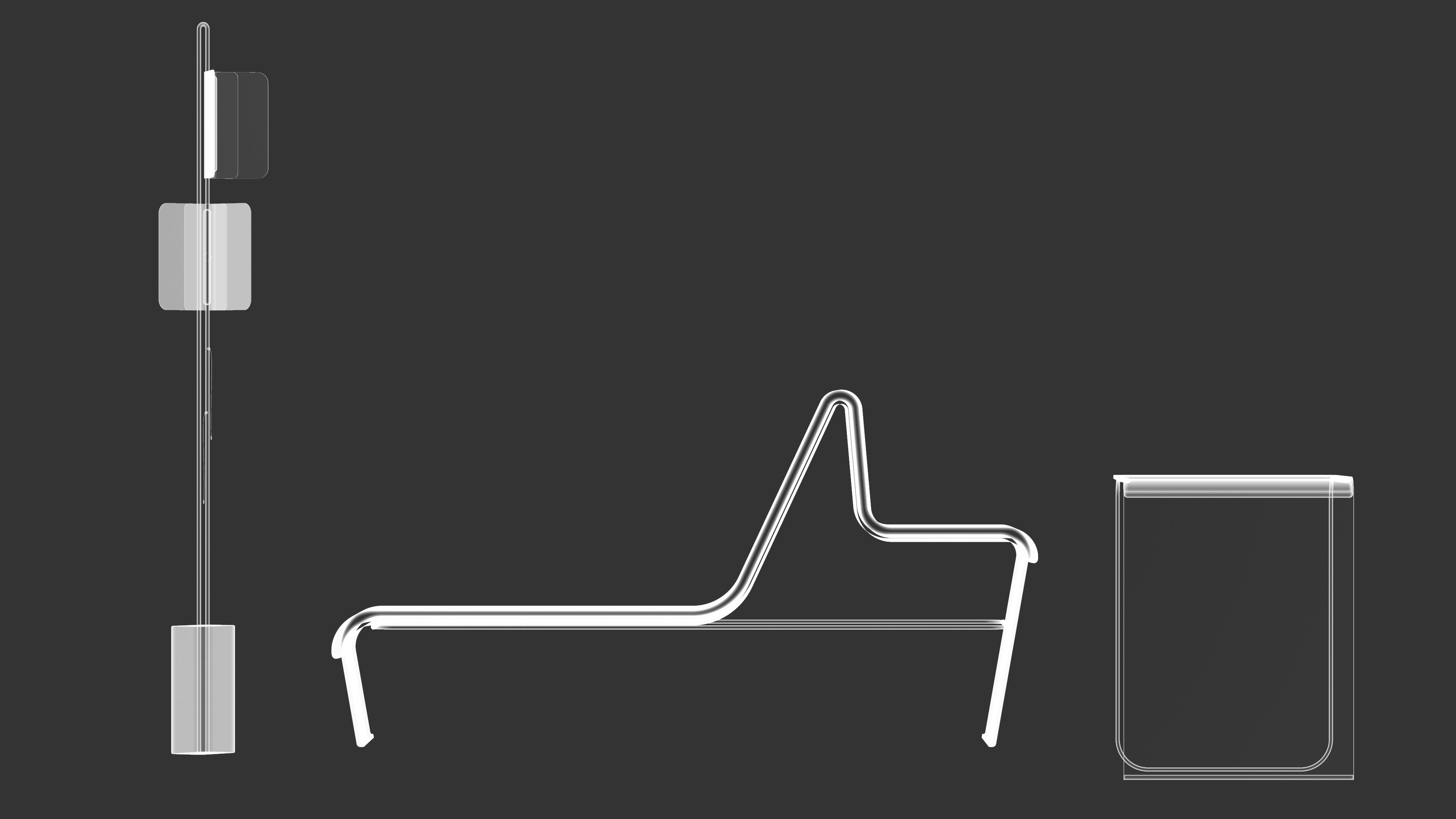With a minor in Sustainable Design, I try to approach design with the environment in mind. Elements of sustainability considered in this project include materials sourcing, ecological impact, social cost, packaging, and end of use recycling.
As a country we consume over 25 billion pounds of textile every year. Only 15% of textiles in the US are ever reused or donated.
Leather has one of the largest environmental impacts of all textiles. Given the resources required in raising the cattle, the process of removing, dyeing, and curing the hide, and finally transporting those materials to manufacturers, leather has a sizable footprint. Since we cannot un-produce what's already been made, it is only responsible to give this material as much use as possible.
All leather was sourced from the Bellingham Ragfinery, a local nonprofit dedicated to reducing textile waste. The Ragfinery takes donations of clothing, fabric, and sewing & crafting materials that would otherwise be discarded. There was a large array of smaller scraps to experiment with, as well as garments large enough to produce dozens of wallets.
"Why wallets?" you ask.
Big, chunky wallets use a lot of material, and encourage holding onto unnecessary belongings. They also make your pants look bad.
So, how can we give a discarded leather jacket a second life as a compact wallet?

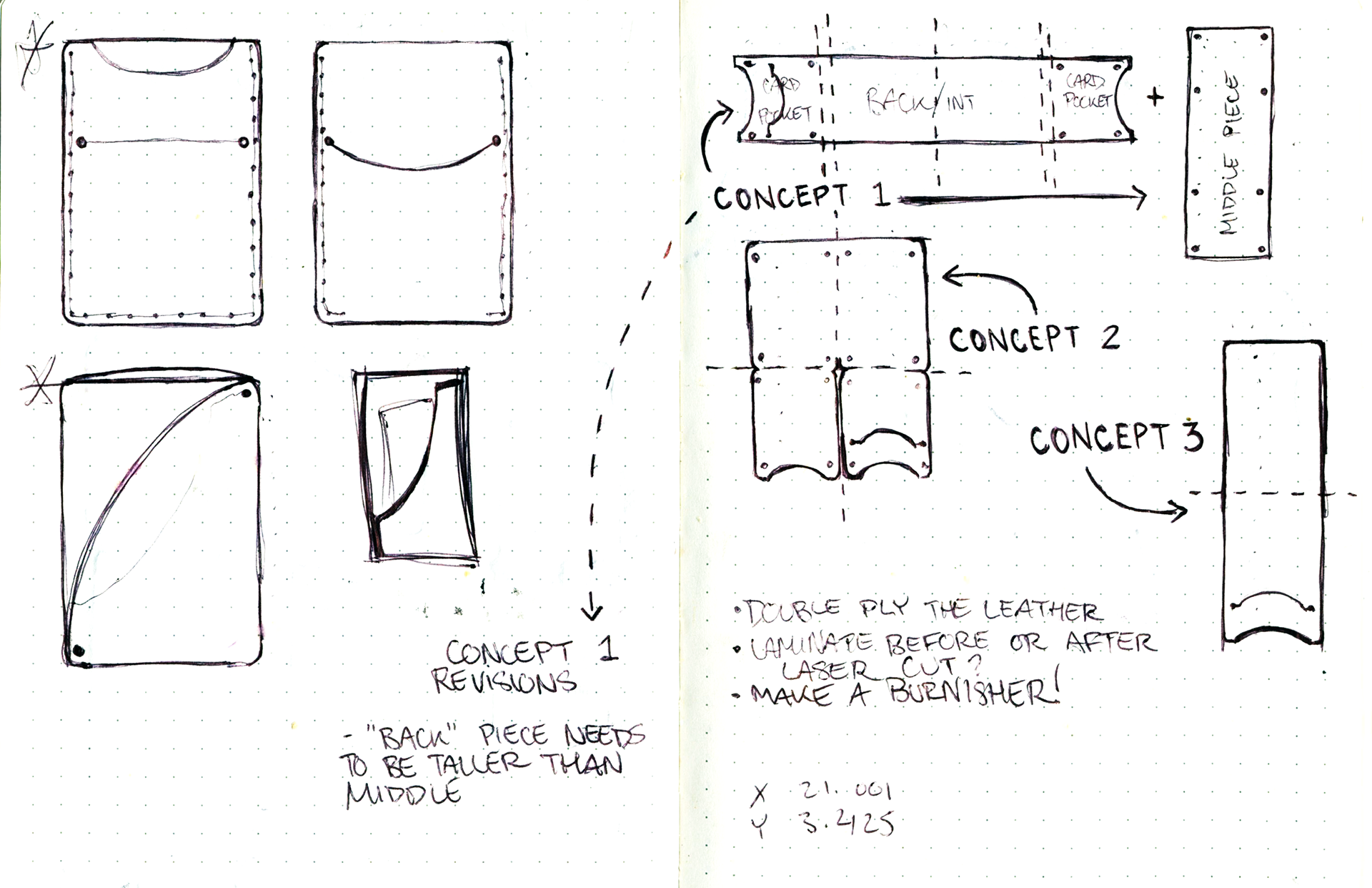
Design exploration for a foldable wallet pattern.
Laser-cutting various patterns.
Altera Vita - Latin for "Second Life"
Laser-cut pattern for ease of production and assembly. Hand-stitched craftsmanship for aesthetics and quality. Features three separate compartments for cards and cash.
Recyclable packaging made from 75% post-consumer waste paper and leather off-cuts.
